In the field of refined environmental monitoring, the six-element ultrasonic micro-meteorological instrument is becoming a powerful tool for microclimate research with its unique working principle. This device, which integrates ultrasonic wind measurement and multi-parameter sensing technology, can simultaneously capture key meteorological elements such as wind speed, wind direction, temperature, humidity, air pressure and rainfall, providing unprecedented data accuracy for ecological research and urban climate analysis.
The application of ultrasonic technology in the WX-WQX6 six-element ultrasonic micro-meteorological instrument is the core innovation of the equipment. The instrument can precisely measure wind speed components and wind direction angles. The time difference of sound wave propagation in the air is converted into air flow movement information. This non-contact measurement avoids the disadvantages of traditional mechanical sensors that are prone to freezing and wear. Especially under gentle breeze conditions, ultrasonic technology can still maintain a sensitive response and accurately record airflow changes of less than 0.1 meters per second.
The multi-element integrated design demonstrates the comprehensive monitoring capability of the equipment. While measuring the wind, high-precision temperature and humidity sensors record the thermodynamic state of the air, pressure modules reflect altitude changes, and optical rainfall detection supplements precipitation information. This three-dimensional data collection enables researchers to analyze the interactions among various elements, such as exploring the coupling relationship between wind speed and temperature and humidity in the urban heat island effect.
The micro-scale observation characteristics of the equipment are of unique value. The compact probe structure enables it to be installed in areas such as tree canopies and building gaps that are difficult for traditional weather stations to cover, truly recording the microclimate characteristics at the height of biological activity. In farmland, it can capture the temperature and humidity gradients within the crop canopy. On urban streets, the disturbance patterns of air flow caused by building complexes can be analyzed. This centimeter-level resolution monitoring capability is redefining the spatial scale of microclimate research.
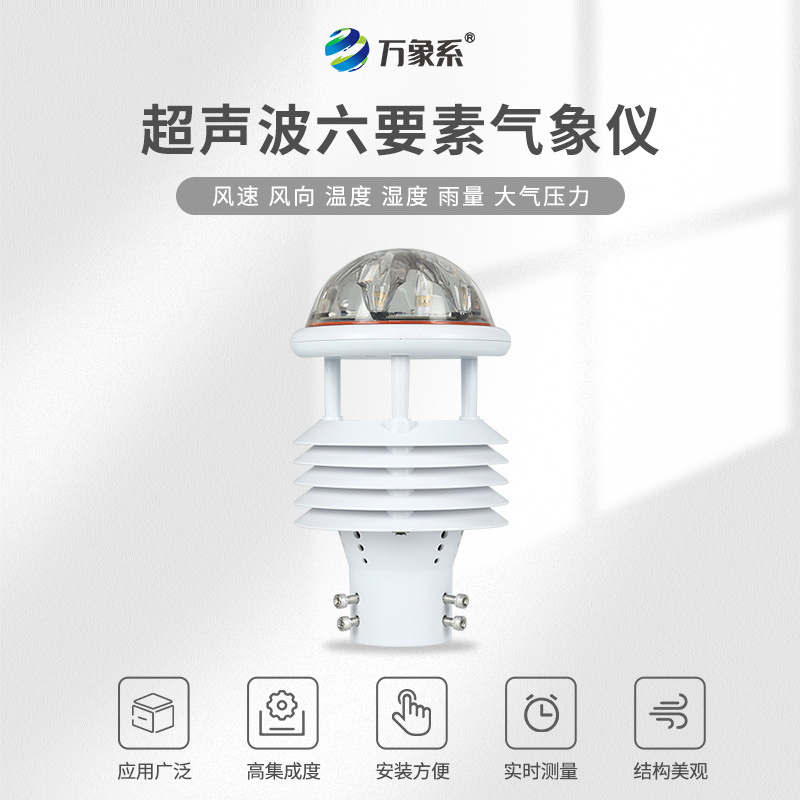
Article address:
http://www.qxhjjc.com/en/article/1729.html

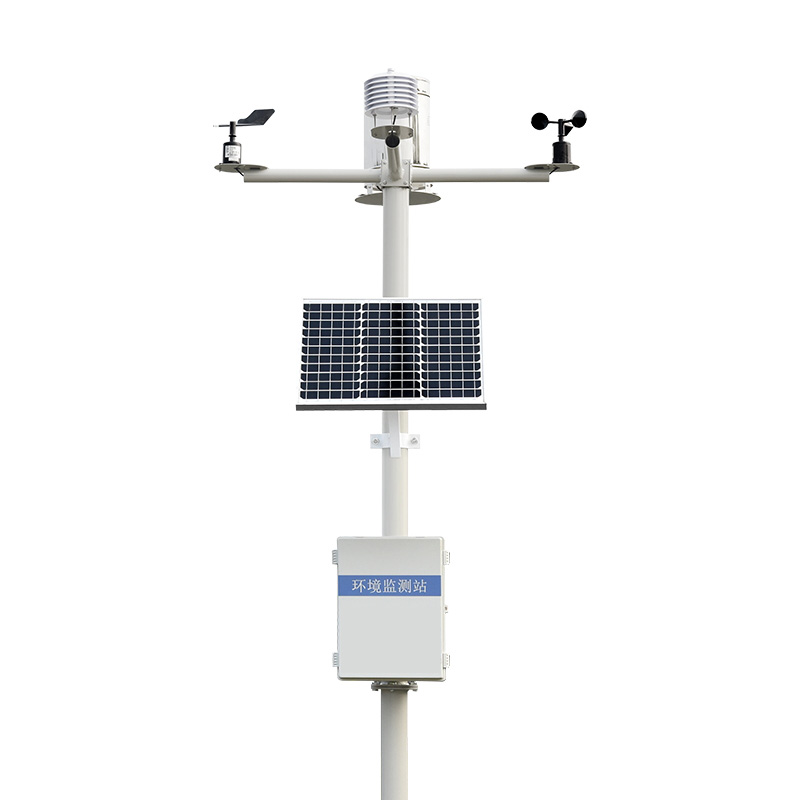
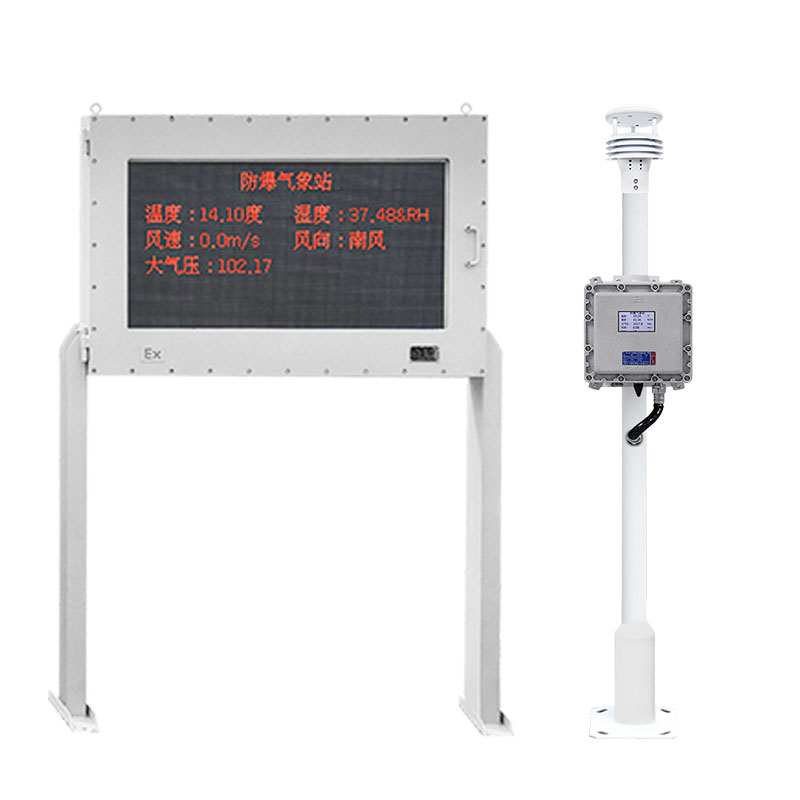
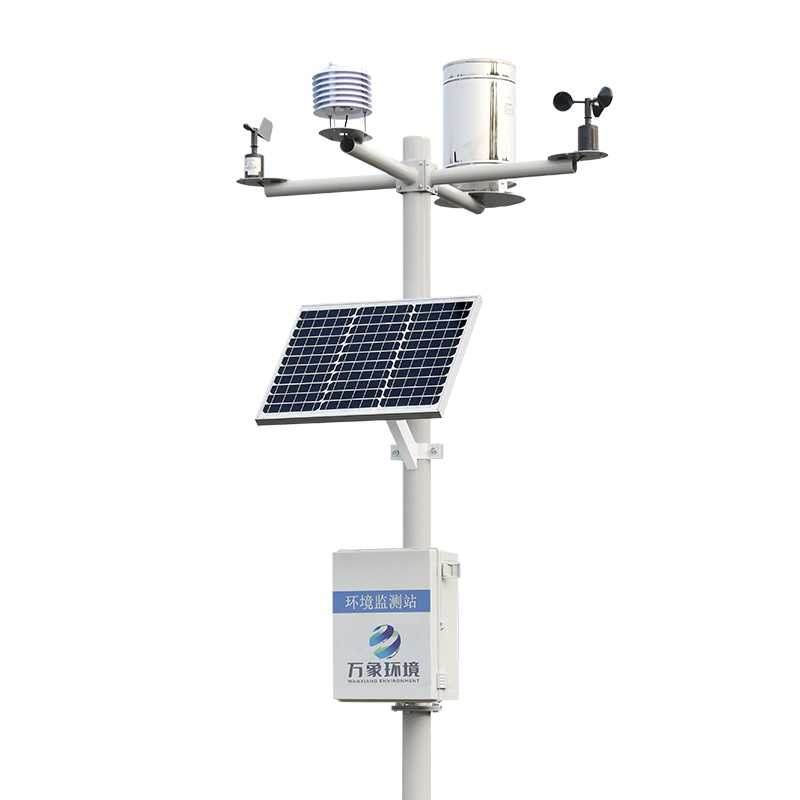
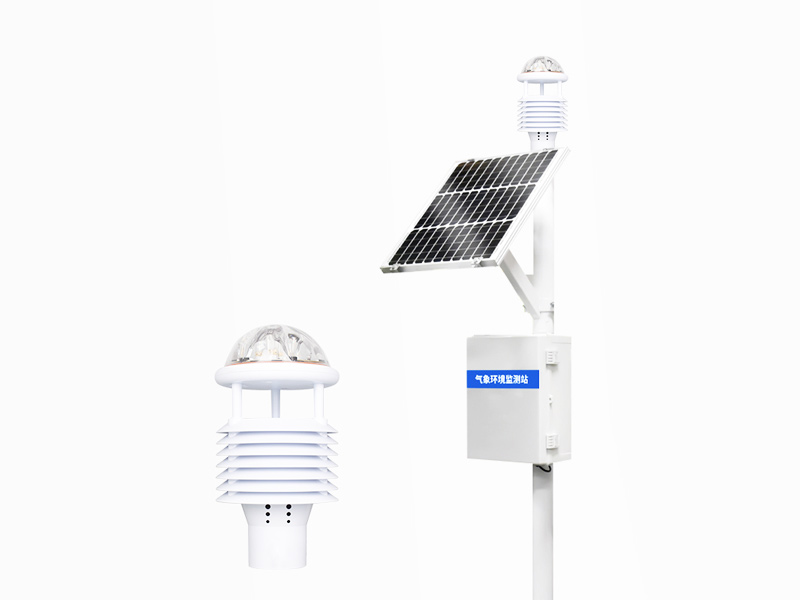
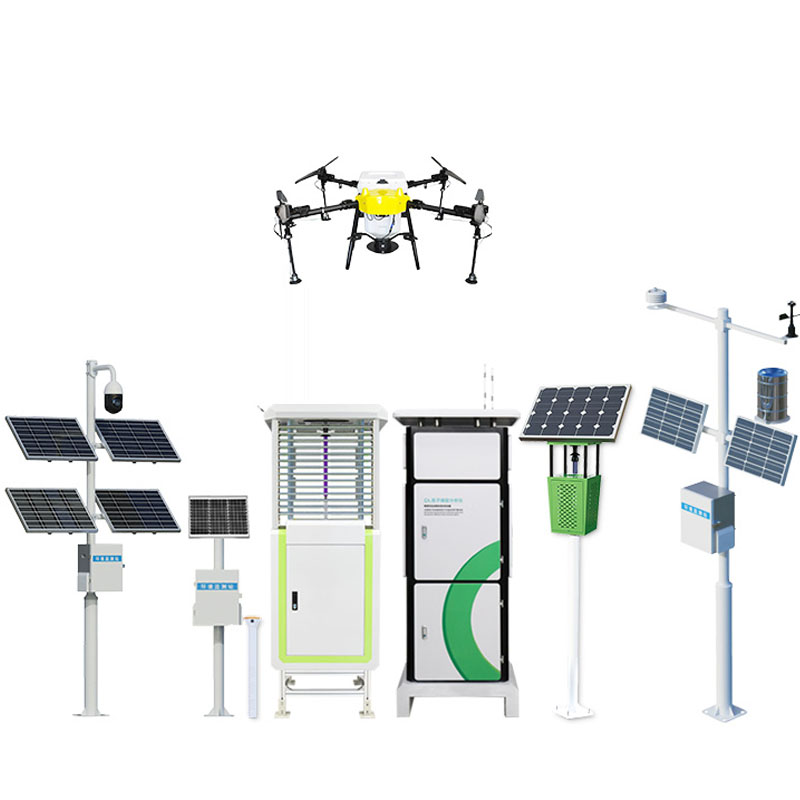

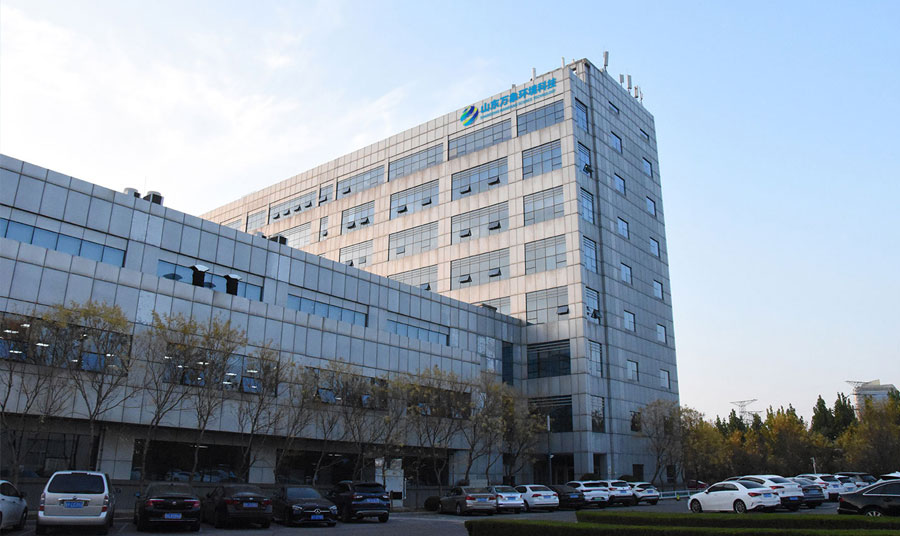
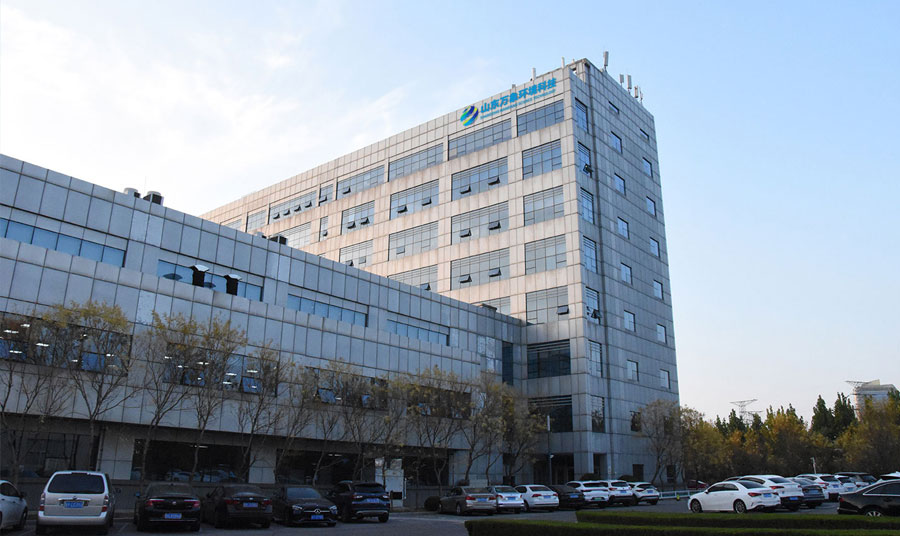



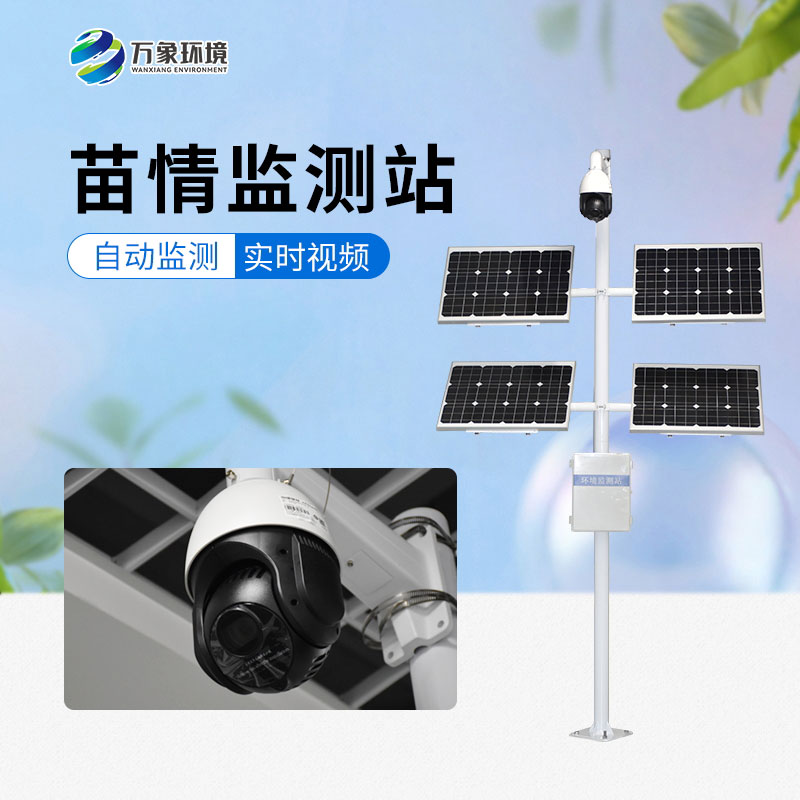
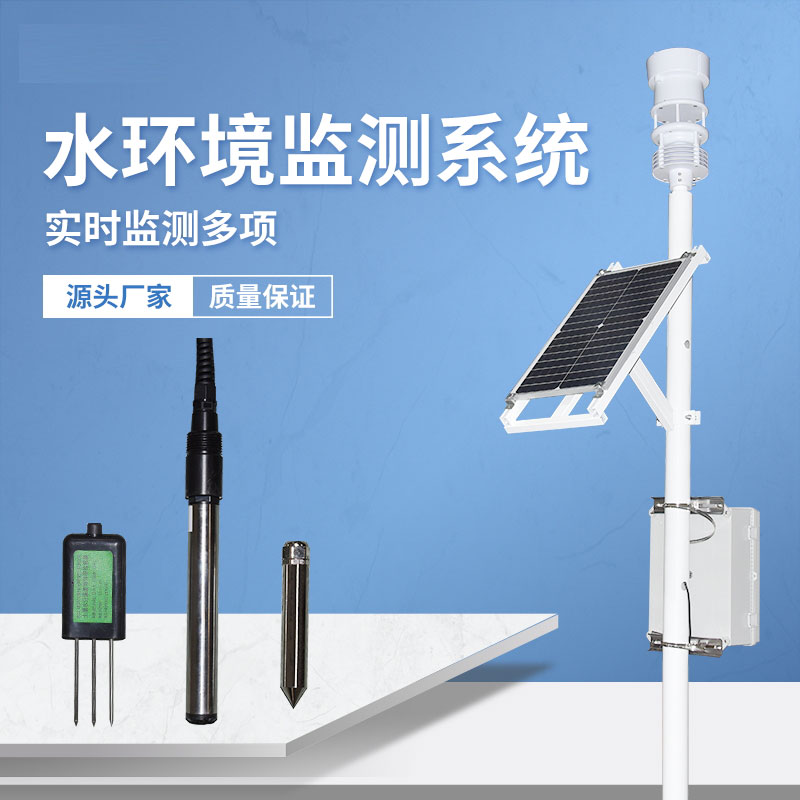
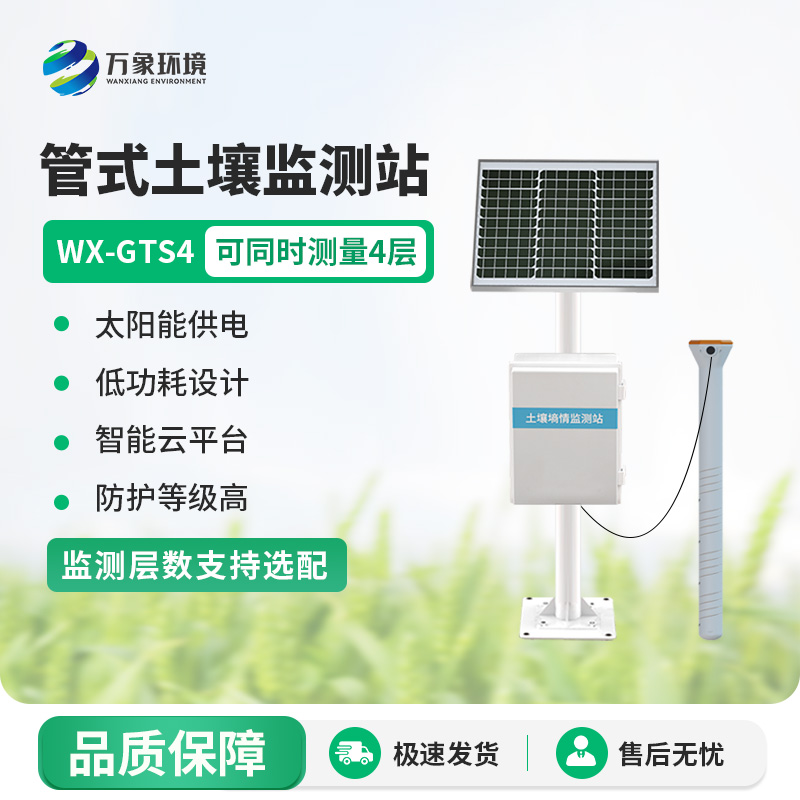
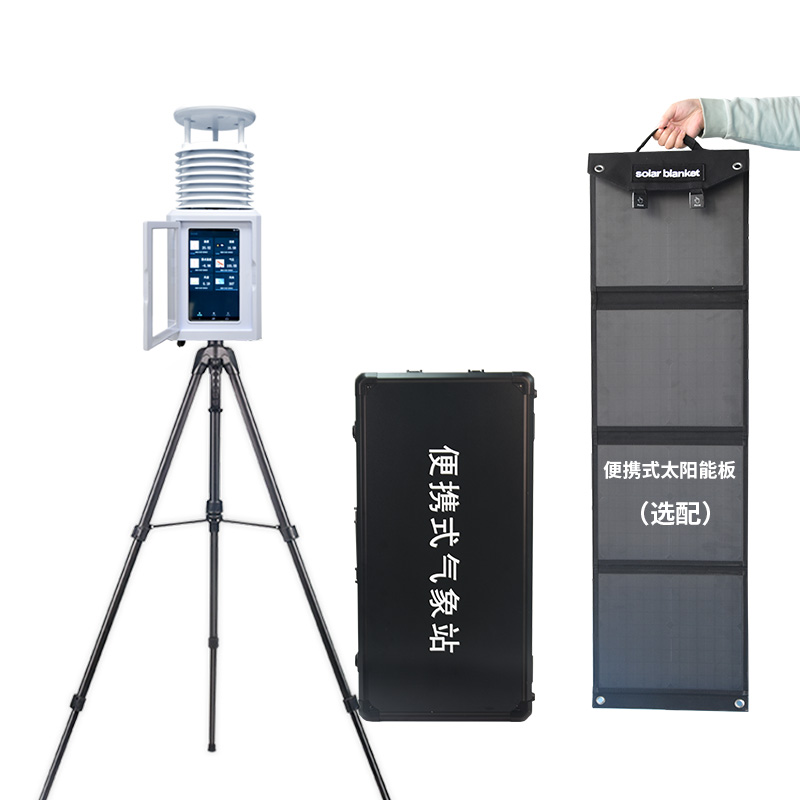
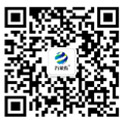

 Home
Home phone
phone Product Overview
Product Overview Contact Us
Contact Us